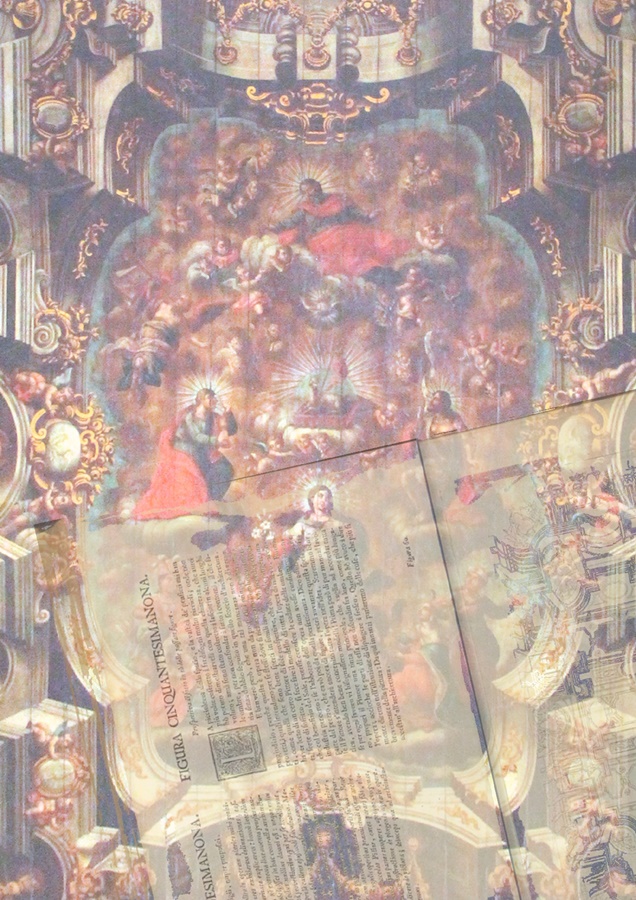"SOMETHING WICKED THIS WAY COMES": THE UNCANNY AND VIOLENCE IN MACBETH
Résumé
To describe Macbeth's arrival in William Shakespare's play of the same title, the three witches exclaim: “Something wicked this way comes”. This notorious line perfectly defines the mixture of the uncanny – something that is strange and strangely familiar at the same time – and violence in the play, as well as it could express the sensation caused by Sigmund Freud in 1919, when he published his essay “The Uncanny.” By analyzing Ernst Hoffman's short story “The Sand-Man,” Freud developed the concept of the uncanny, something which should remain hidden but insists coming out into the open. The uncanny involves several characteristics, such as doubles, the compulsion to repeat, the evil eye, the gaze, the death drive, déjà-vu, ghosts, dolls and automatons, the blurring between fantasy and reality, liminality, epilepsy and madness. Most of these traits are present in the playtext of Macbeth and in several productions, and they are undoubtedly related to violence. Examples of uncanny violence abound in Macbeth, a playtext that has always been considered one of the most violent of Shakespeare's oeuvre, and that may well be seen as the uncanniest.
Références
ARMSTRONG, P. Uncanny spectacles: psychoanalysis and the texts of King Lear. Textual Practice, v. 8, n. 2, p. 414-34, 1994.
BARKER, F. The culture of violence: essays on tragedy and history. London: University of
Chicago Press, 1993.
BLOOM, H. The western canon. London: Macmillan, 1994.
CAMATI, A. S. Textual appropriation: totalitarian violence in Shakespeare’s Macbeth
and Tom Stoppard’s Cahoot’s Macbeth. Ilha do Desterro: Mixed with other matter: Shakespeare’s drama appropriated, Florianópolis, n. 49, p. 339-67, July/Dec. 2005.
CIXOUS, H. Fiction and its phantoms: a reading of Freud’s Das Unheimliche. Trans.
Robert Dennomé. New Literary History, v. 7, n. 3, p. 525-48, 1976.
FREUD, S. Civilization and its discontents. Trans. James Strachey. New York: Norton, 1989.
---. The psychopathology of everyday life (1901). Trans. Alan Tyson. New York: Penguin, 1976.
---. The uncanny (1919). Trans. David Mclintock. New York: Penguin, 2003.
GARBER, M. Shakespeare’s ghost writers: literature as uncanny causality. New York: Methuen, 1987.
HAUGHTON, H. Introduction. In: The uncanny. New York: Penguin, 2003. p. vii-lx.
HOFFMAN, E. T. W. The Sand-Man. In: The best tales of Hoffmann. Ed. and introd. E. F. Bleiler. New York: Dover, 1967.
JENTSCH, E. On the psychology of the uncanny. Trans. Roy Sellars. Angelaki v. 2, n. 1, p. 7-16, 1996.
KOFMAN, S. Freud and fiction. Trans. Sarah Wykes. Cambridge: Polity Press, 1991.
MULVEY, L. Visual pleasure and narrative cinema. In: Film theory and criticism: introductory readings. Ed. Gerald Mast et al. 4th ed. New York: Oxford UP, 1992. p. 746-57.
POLANSKI, R., dir. Macbeth. England, 1971. Playboy Productions, Columbia Pictures. 140 min.
ROYLE, N. The uncanny. United Kingdom: Manchester U P, 2003.
SHAKESPEARE, W. Macbeth. The Riverside Shakespeare. 2nd ed. Ed. G. Blakemore Evans.
Boston: Houghton, 1997.
TODD, J-M. The veiled woman in Freud’s ‘Das unheimliche’. Signs, v. 2, n. 3, p. 519-28, 1986.
WEBER, S. The sideshow, or: remarks on a canny moment. Modern Language Notes, v. 88, p. 1102-33, 1973.
YOUNG, R. Psychoanalytic criticism: has it got beyond a joke? Paragraph, v. 4, p. 87-114, 1984.







